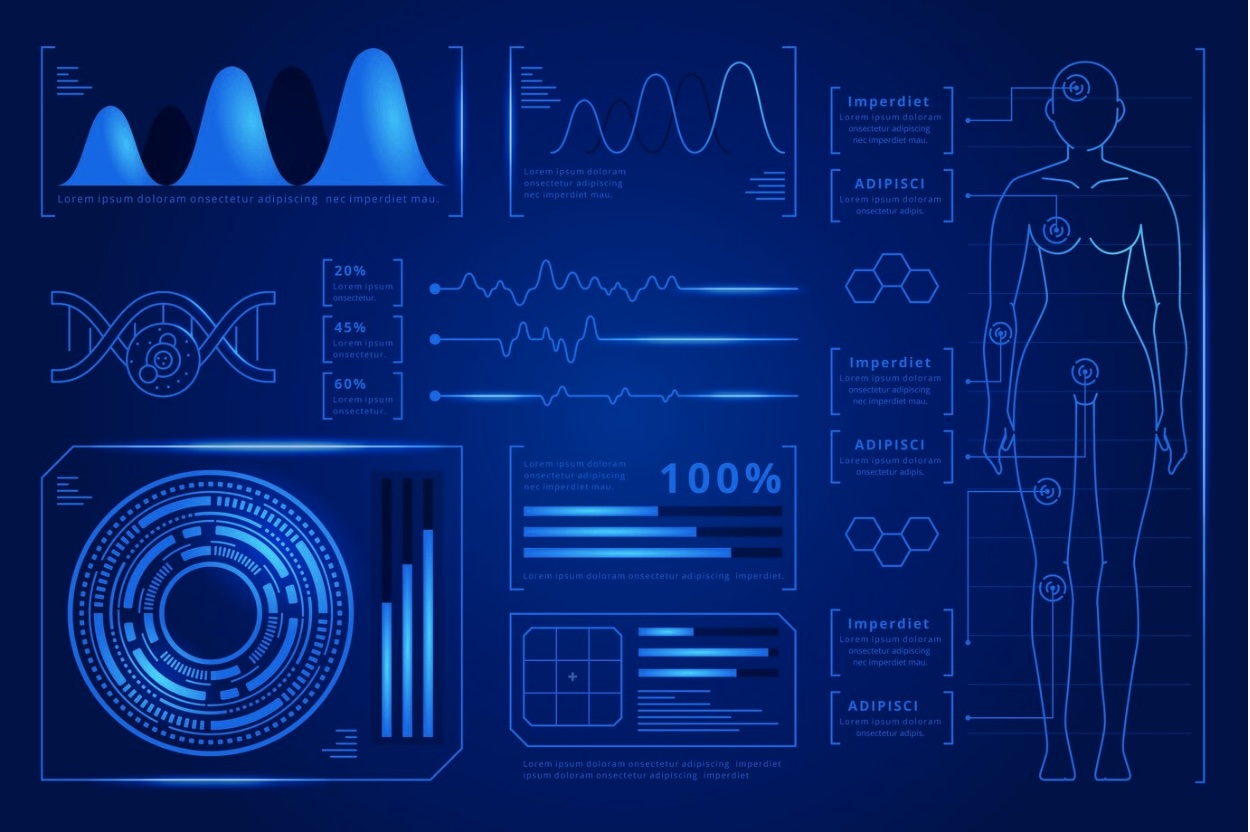The Impact of Biomechanics on New-Generation Soccer Skills
21.09.2024

Contemporary football is not just a game of talent and tactics; it is a science in which biomechanics are of paramount importance. Analyzing the biomechanics of players allows teams to enhance the effectiveness of their performance and minimize the possibility of injuries, all in an effort to gain an edge over the competition. Such a combination of science and sport is changing the approach to playing soccer and perceiving it.
An Introduction to the Biomechanics of Soccer
In soccer, biomechanics is the study of the players’ movements, from the kinetic chain of a kick to muscle interaction during a sprint. Knowing these mechanics, a coach or trainer can work on improving the effectiveness and the force of the executed movements. For instance, in a shot, it is possible to identify that a player has incorrect posture and joint angles, which, if adjusted, can greatly enhance the speed and accuracy of the shot. This precision is similar to the selection of the best NBA betting sites, which also involves a lot of research and the ability to pay attention to details that result in major differences. Biomechanics makes soccer a game of thousandths of a second and thousandths of a millimeter, where every movement is optimized.
Soccer Biomechanics: A Historical Perspective
The evolution of biomechanical analysis in soccer has led to several key advancements:
- Injury Prevention: Observing and analyzing behaviors that lead to the likelihood of players getting injured.
- Performance Enhancement: Techniques to fine-tune the power, speed, and accuracy of the human body.
- Player Development: The presentation of training programs that are specific to the biomechanical type.
These advancements have made soccer not only a game of talent but also a game of science and statistics.
Biomechanical Principles in Soccer Techniques
The biomechanics of soccer are crucial for the enhancement of the performance of the players. This includes the fine aspects of the mechanics of movement, force application, and the position of the body. As with learning the best tactics of your favorite players on https://www.facebook.com/melbetmong, it is these biomechanical principles that enable improvements on the pitch. Every move is analyzed, starting with the position of the ankle during the kick and ending with the distribution of body weight, ensuring that every movement is as effective as it can be.
Improving the Power and Precision of a Kick
Soccer kicking is not as basic as it might appear; it is a complex movement that involves the interplay of muscles, joints, and forces. By analyzing the movement of the leg during a kick, biomechanics can determine the right positions and velocities at which a player should impact the ball. This goes deeper and looks at the kinetic chain, which is the sequence of movement of the various body parts. If these elements are further developed, then one can increase the strength and precision of the kick, turning a good shot into an unsavable one.
Injury Prevention Through Biomechanics
Soccer is a high-impact sport and, therefore, always comes with its share of injuries, but biomechanics provides a way to reduce these effects. Training can be modified to build up weak areas and eliminate damaging movements by studying the biomechanical loads placed on the body during different activities. The way this works is quite simple: by understanding how and what forces act on a player's knee during a run or sudden stop, exercises can be designed to strengthen the muscles. This will help prevent possible injuries and thus prolong a player's career because he will be able to play to the best of his ability without fear of injury.

Biomechanical Training Tools and Technology
The application of biomechanics in soccer has been revolutionized through advanced tools and technologies:
- Motion Capture Systems: These follow the movements of the players in real-time and thus enable tracking of every movement made on the field.
- Force Plates: Record the ground reaction forces during different activities, which help in understanding balance and power.
- Wearable Sensors: Monitor physiological and biomechanical information and provide accurate data to enhance training methods.
- 3D Biomechanical Analysis Software: Turns motion data into visual models that allow for analysis of player mechanics.
Biomechanics in Real-Life Situations
The influence biomechanics has had on soccer players at the highest level can be described as immense. Biomechanical improvement also played a role in Cristiano Ronaldo's development as a goal-scoring machine; it improved his kicking force and speed. His running and kicking styles were studied in detail, and his training regimen was adjusted to get the best out of him physically, creating one of the most fearsome athletes the world has ever seen. In the same way, clubs like FC Barcelona have incorporated biomechanics into their youth development academies. This has helped decrease the incidence of injuries and increase the reliability of performance.
Future Prospects
The future of soccer will be more associated with biomechanics as it progresses in the search for perfection and optimal results. As technology improves, biomechanical analysis is only going to be enhanced further, and one will see the hidden potential in an athlete. As such, the application of this scientific approach to soccer will lead to a complete overhaul of the ways human performance is defined within the sport. Every action will be premeditated to a level of “muscle-memory” efficiency that is currently unimaginable.